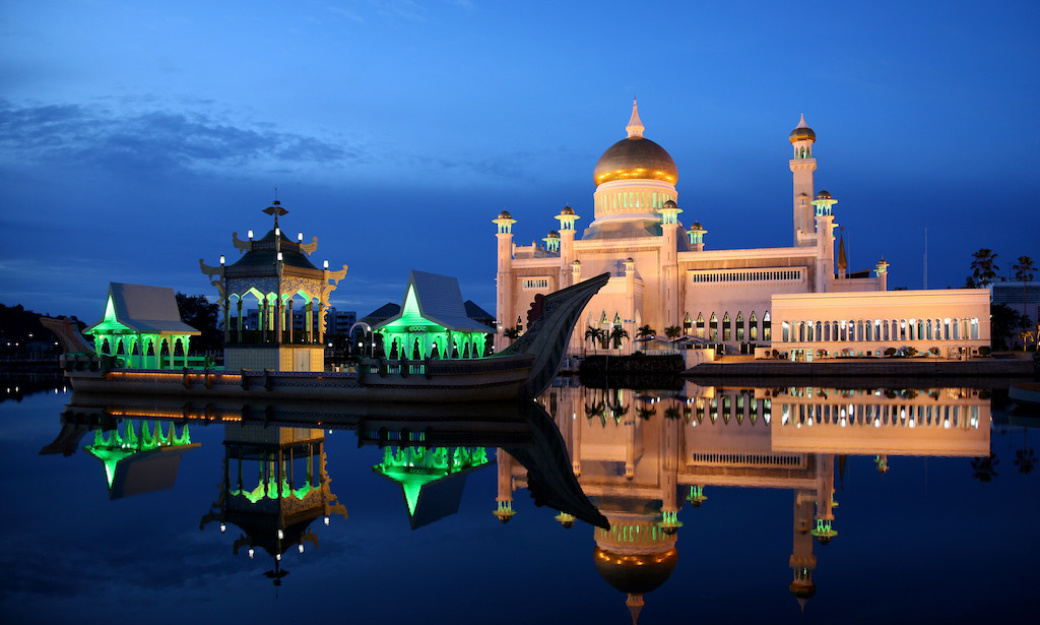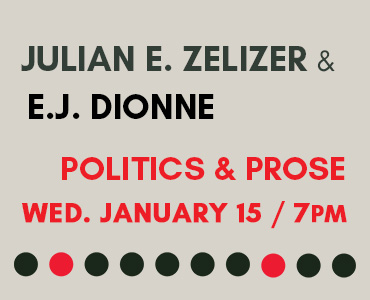The Who, What, and Why Not of TPP

Quick test: Point to Brunei on a map. Do you know where it is? Do you know what it is? Is it the capital of a Middle Eastern country? A Balkan enclave? An Asian province? The answer: None of the above. Officially the Nation of Brunei, Abode of Peace, the country is a small Islamic petrostate on the island of Borneo in the South China Sea. In 2005 it entered into an exclusive free-trade agreement (known as the P4) with three other countries (Chile, Singapore, and New Zealand). This past February, after eight years of secretive negotiations, eight more countries, including the United States, joined the P4, and it was renamed the Trans-Pacific Partnership, or the TPP, tying up 40 percent of the world’s GDP in a web of corporate-friendly red tape. The other signatory countries are Canada, Mexico, Peru, Australia, Malaysia, Vietnam, and Japan.
 In 2013 the U.S. traded $576 million with Brunei, which is not much more than some Major League Baseball contracts. Two of the top U.S. imports from Brunei are knit sweaters and crustaceans. Chile and Brunei, two other signatory nations, are even less fiscally connected; the countries traded for a total of about $120,000 dollars in 2014 (mostly wine and grapes for batteries and padlocks). Despite these seemingly small and unexpected entanglements, TPP’s web of rules has expanded to be over five thousand pages long. Before it was posted to the web (full text available here) in November of 2015, a herd of corporate advisors (including honchos from Apple, Dow Chemical, Nike, and Walmart) were allowed to read the doorstopper, but it was off limits to the public, and even members of Congress were limited to reading one section at a time in a room in the Capitol’s basement.
In 2013 the U.S. traded $576 million with Brunei, which is not much more than some Major League Baseball contracts. Two of the top U.S. imports from Brunei are knit sweaters and crustaceans. Chile and Brunei, two other signatory nations, are even less fiscally connected; the countries traded for a total of about $120,000 dollars in 2014 (mostly wine and grapes for batteries and padlocks). Despite these seemingly small and unexpected entanglements, TPP’s web of rules has expanded to be over five thousand pages long. Before it was posted to the web (full text available here) in November of 2015, a herd of corporate advisors (including honchos from Apple, Dow Chemical, Nike, and Walmart) were allowed to read the doorstopper, but it was off limits to the public, and even members of Congress were limited to reading one section at a time in a room in the Capitol’s basement.
I asked Alvaro Santos, a professor at Georgetown and an expert in international trade law, to give me the barstool explanation of the TPP. He called it “a wish-list of rules for the global economy.” Wished-for rules include copyright extensions, patent protections, and increased limits on government procurement (limiting governments from prioritizing national services and goods as in the Buy American Act of 1933; the U.S. Trade Representative has a different reading of this provision). Though President Barack Obama hailed the fact that “18,000 taxes on American goods would be eliminated,” ex-Secretary of the Treasury, Larry Summers, a long-time proponent of liberalizing global commerce, pointed out that the free trade touted by the TPP has mostly already been implemented: NAFTA and the WTO have already substantially lowered the tariffs TPP countries impose on each other. Eliminating trade barriers is not the substance of the TPP, Santos explains. The agreement is less about interlocking Chile’s and Brunei’s economies and more about expanding already exercised neoliberal principles to new sectors, including financial services, intellectual property, and e-commerce.
According to a report issued by the U.S. International Trade Committee, if the TPP is ratified, by 2032 America’s real GDP would be about 0.15 percent higher. Tufts University Global Development and Environment Institute, however, estimated that, for the U.S. (as well as Japan), GDP would actually shrink along with the passage of the TPP, by about 0.54 percent by 2025, while gains in GDP for other countries would be negligible. The Tufts study also estimated that employment levels would go down in every participating country, with the U.S. losing potentially half a million jobs. Forecasting from the other side of the aisle, the Peterson Institute, a right-wing think tank, had the rosiest economic prediction for a post-TPP United States, estimating an increase in annual income of $131 billion by 2030. Material gains, however, would probably mostly be seen by large corporations, including pharmaceutical companies, agribusiness, and tech firms. But even by that standard, “the most optimistic estimates of financial benefits are very low,” Santos says. What is driving the negotiations behind the bill?
The TPP ensures that America will write the rules of the road in the 21st century, according to President Obama. As Haley Sweetland Edwards describes in her book, Shadow Courts: The Tribunals that Rule Global Trade, “With tariffs, quotas, and physical barriers to free trade already at all-time lows, and with concerns over developing countries’ protectionist domestic policies on the rise, the U.S. government, long skittish of compromising its sovereignty, began pushing for a binding, global rulebook governing economic fairness.” In sum, Haley writes, “We want the global rules to be our rules, to reflect our values.”
These values may be more defensive than they are morally principled, as in building a financial wall around China. “TPP is as much about political and economic dominance in Asia as it is about reducing trade barriers,” writes Michal Meidan in The Diplomat.
But are Sinophobes and corporations really the driving force behind America’s push for the TPP? Whether Chinese containment is the objective, analysts and pundits are not in agreement, but a 5,000-page document about Pacific-centric trade couldn’t be written without getting sucked into the orbit of the world’s largest exporter. Forgetting about China while negotiating Pacific trade would be like trying to discuss gun bills without mentioning the NRA. And when 605 corporate insiders get to read the text long before members of Congress or the public, it’s hard not to believe, as Elizabeth Warren claimed, that they were on board to “whisper in the ear” of the trade negotiators.
Though Hilary Clinton once called the TPP the “gold standard” of trade agreements in 2012, and has been described as its “co-architect,” by the summer of last year she started veering away from it, hedging her comments with vagaries and conditionals until, this summer, she hardened her language against the agreement. Cato Institute Director Dan Ikenson described Clinton’s position against the TPP as “catering to the extreme of the party,” and others predict that she will waffle once again if she wins the presidency in November. Despite Bernie Sanders urging the Democratic National Committee to reject the TPP in the party platform, the committee decided not to break party lines with Obama, instead admitting “a diversity of views” on the TPP.
Meanwhile, Republican presidential nominee Donald Trump, calling the TPP “Obamatrade,” claimed that the agreement would “rape our country.” The more sober conservative camp sees the agreement, as Edwards explains in Shadow Courts, as “offensive—a travesty!—that Congress might consider binding U.S. sovereignty to comply with international treaties.” Speaker of the House Paul Ryan, however, recently called foul on the “GOP’s now less-than-ironclad support for foreign trade deals” at an exclusive Koch brothers retreat. Ryan’s reinvigorated support, coming on the heels of yet another spat with Trump, put him in camp with his erstwhile economic foe: Obama. The President, meanwhile, resorted to proof by assertion, saying: “Right now, I’m President, and I’m for it.”
A Venn diagram of Americans’ support and opposition on the TPP might look more like a Kandinsky painting than any coherent political graphic. Party lines have been blurred, scribbled, redrawn, and even erased. The galvanized opposition has surprised many, and has reminded some of another recent quailing away from economic internationalism: the United Kingdom’s vote to leave the European Union. The successful Brexit campaign signaled, as many have pointed out, sentiments of nationalism and xenophobia, but also revealed a growing tide of suspicion of the status quo of the global economic system. Larry Summers, writing in the Washington Post, claimed that “the content of international agreements would be judged not by … how many barriers to global commerce are torn down … but by whether people as workers, consumers and voters are empowered.” If it is the latter that Summers wants, opposition to the TPP has done exactly that.
John Washington is a translator and writer currently based in Arizona. Find more of his work at www.jblackburnwashington.com.

